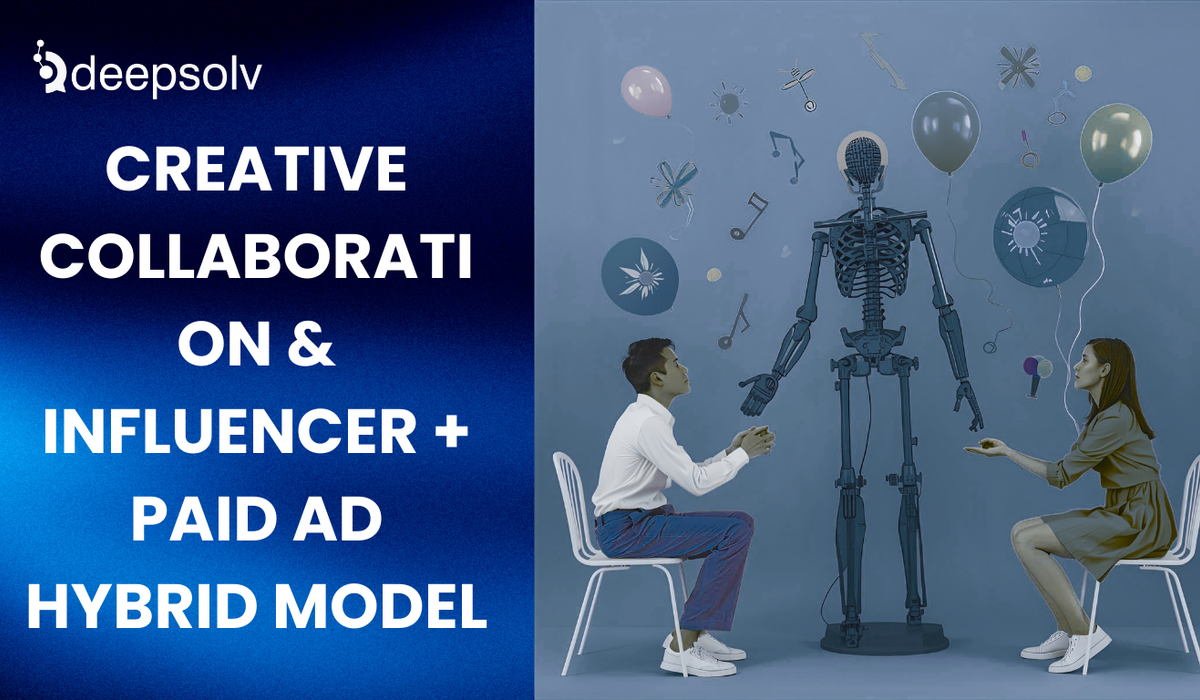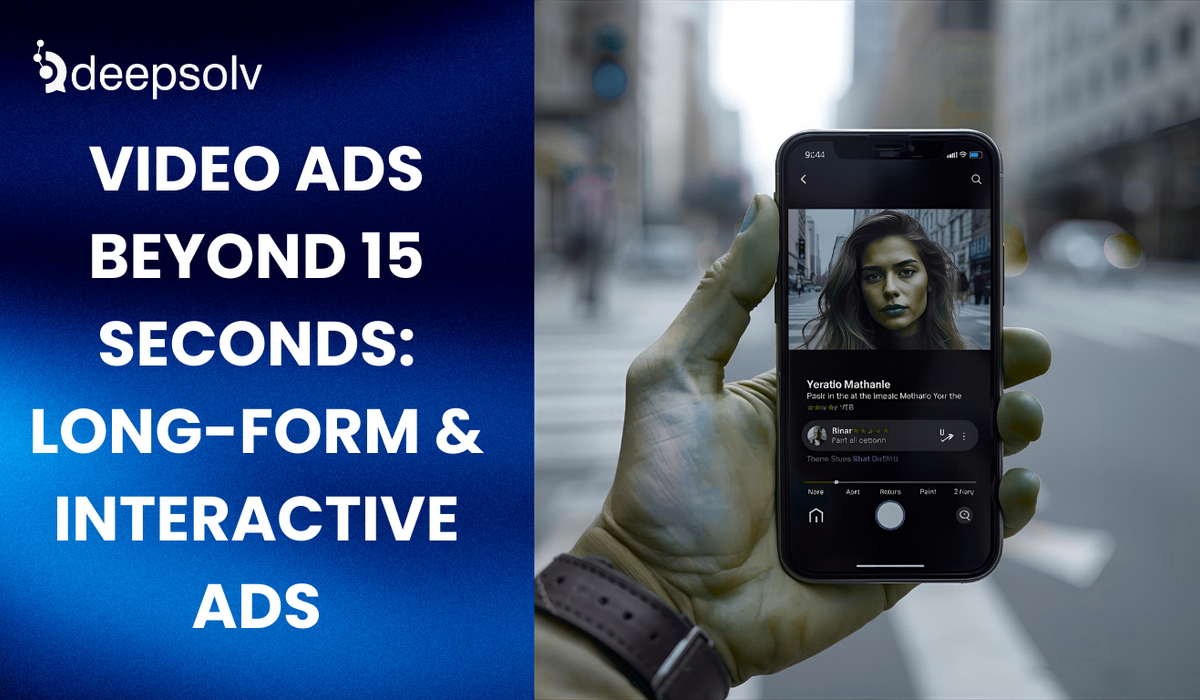Mastering Engagement Rates: A Comprehensive Guide for E-commerce Brands in 2025
6 min read
Published: 2/25/2025
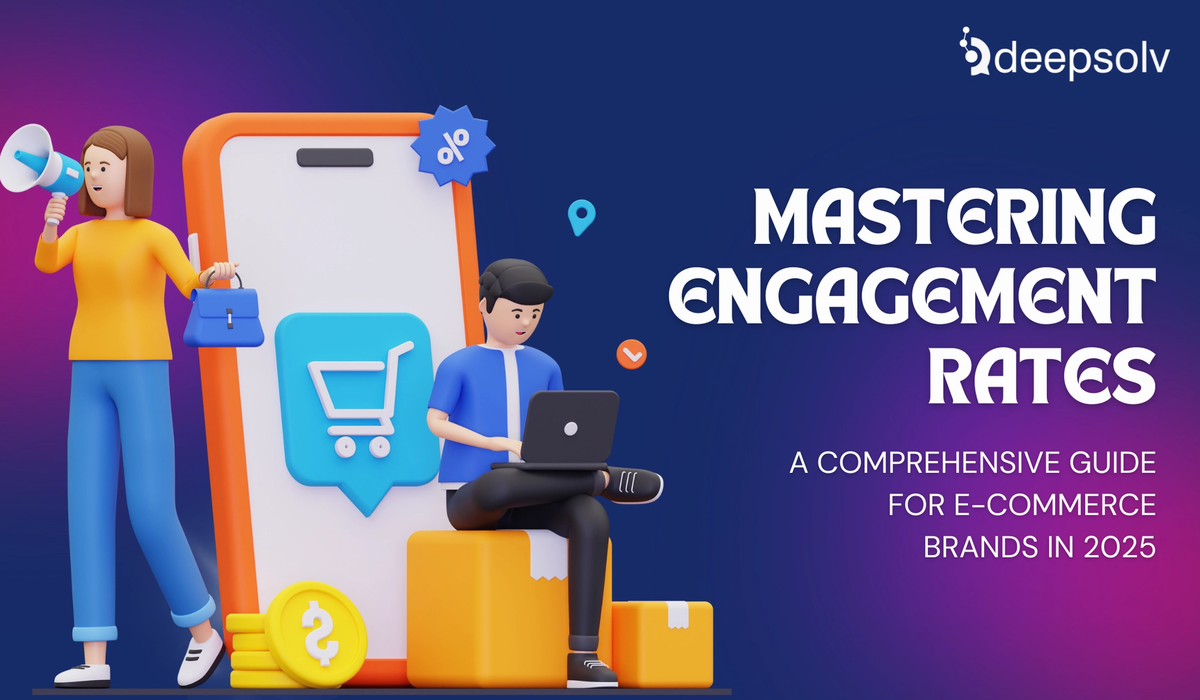
In today’s world, engagement is one of the most crucial currencies of social media. You might be just speaking into the void if your audience isn’t interacting with your content. Engagement rates dictate visibility, trust and even conversions for e-commerce brands.
In this blog, we will deep dive into the importance of engagement rates, why they matter, and how you can better optimize them for maximum reach.
Why Engagement Rates Matter
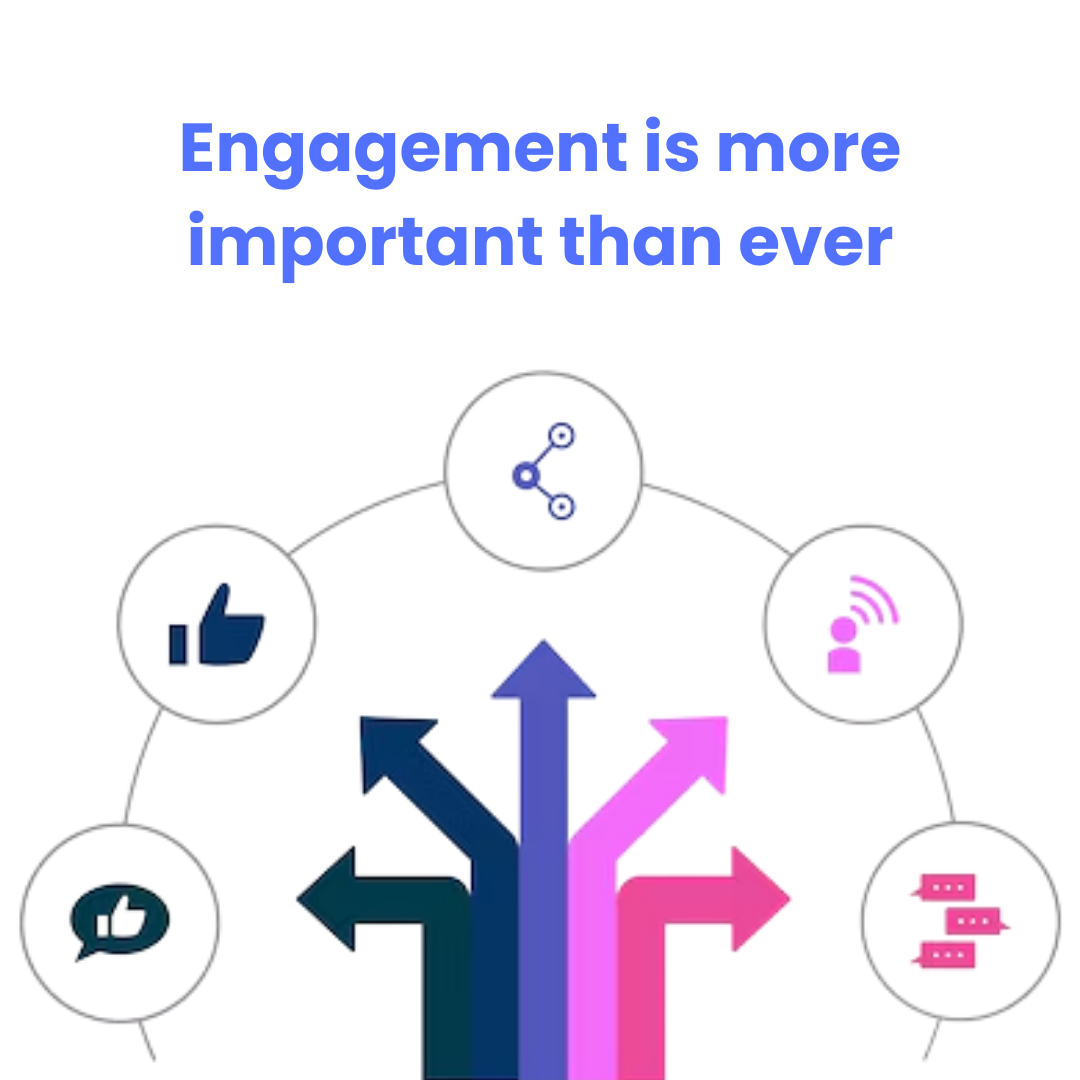
The truth being told, Instagram is no longer just about posting aesthetic pictures or videos, or even hopping on all the latest trends. Brands need to increasingly create meaningful connections with their audience. Engagement rate is the key metric that dictates whether people care about your content.
Statistics reveal that 58% of consumers believe social media influences their purchasing decisions. This clearly means- higher engagement rates are not just a vanity metric. It translates into a real revenue opportunity. Think about this deeply. If your consumers are commenting, sharing and saving your posts, they are far more likely to feel connected with your brand. This is exactly how you turn your followers to become loyal customers.
The Link Between Engagement and Algorithm Visibility
We are not just making second guesses about engagement here. But, in fact, platforms like Instagram, Facebook and Tiktok continues to prioritze content with higher engagement rates. The rule is simple. The more interactions your post receives, the more likely it is to appear in other people’s feeds and on the Explore section.
Do you ever wonder why some posts get massive reach while others struggle to even reach your usual followers? The answer is clear: it is all about engagement rates.
How to Calculate Engagement Rate
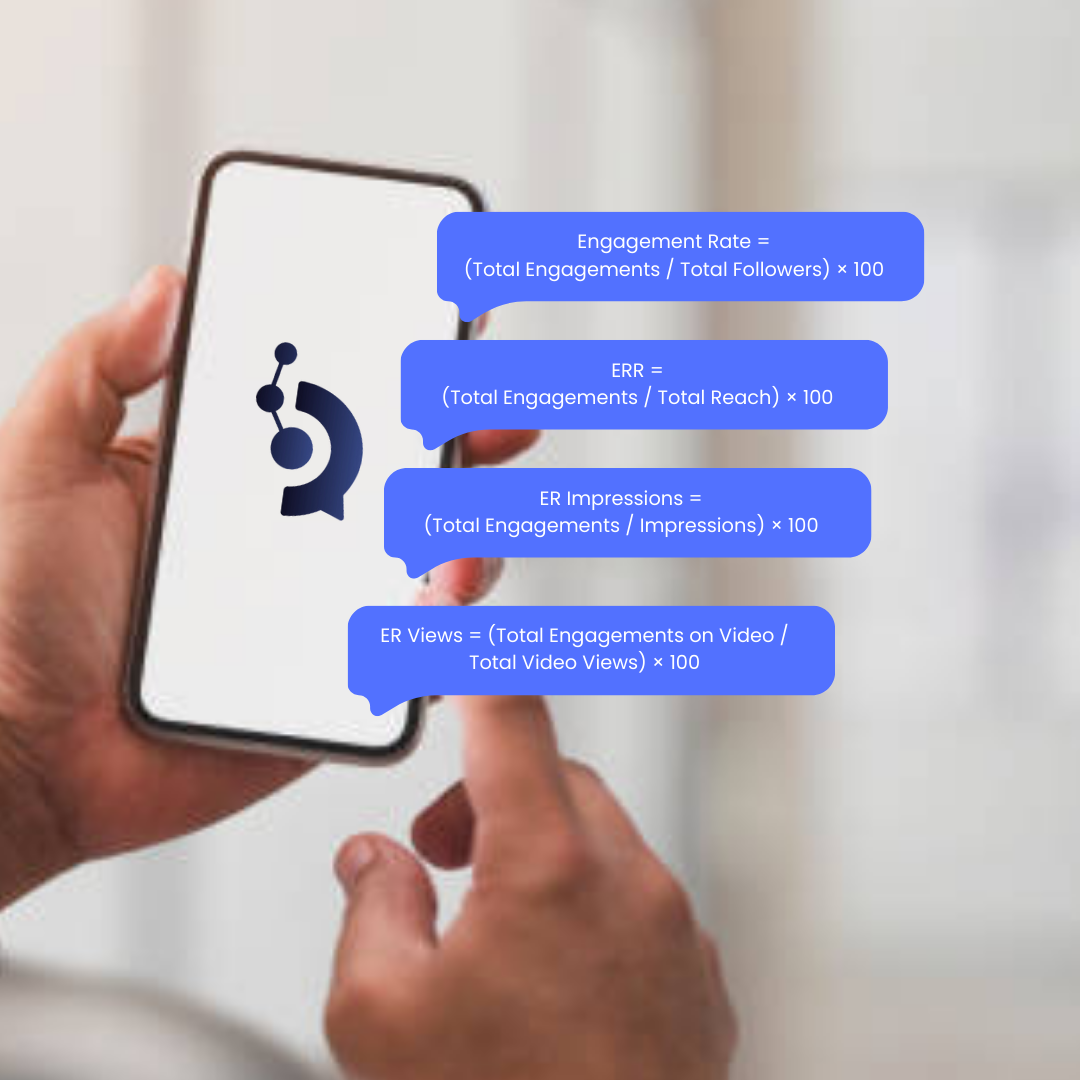
Let’s now come to the technical aspect of engagement rates. There are multiple ways by which you can calculate engagement, depending on your goals and which platform you are analyzing.
1. Engagement Rate by Followers
This is by far one of the most common methods to calculate social media engagement rate,
Engagement Rate = (Total Engagements / Total Followers) × 100
Engagements often include likes, comments, shares, saves, and any other interaction.
✅ Best for: Comparing overall engagement across posts.
🚫 Limitation: It doesn’t account for reach, which means inactive followers can skew results.
2. Engagement Rate by Reach (ERR)
Since it only takes into account those who really saw your content, this approach offers a more accurate representation of engagement.
ERR = (Total Engagements / Total Reach) × 100
✅ Best for: Understanding how engaging a post is relative to the number of people who actually saw it.
🚫 Limitation: Reach varies based on algorithm shifts, making it less stable over time.
3. Engagement Rate by Impressions
This formula determines engagement based on total impressions (the number of times a post was viewed, including repeat views) and works well for sponsored content.
ER Impressions = (Total Engagements / Impressions) × 100
✅ Best for: Measuring the effectiveness of paid campaigns.
🚫 Limitation: Impressions count repeat views, which may inflate the numbers.
4. Engagement Rate by Video Views
When it comes to video content, you should compare the number of viewers to the video's level of engagement.
ER Views = (Total Engagements on Video / Total Video Views) × 100
✅ Best for: Measuring the impact of video content.
🚫 Limitation: Doesn’t distinguish between engaged viewers and passive ones.
Latest Engagement Rate Benchmarks for 2025
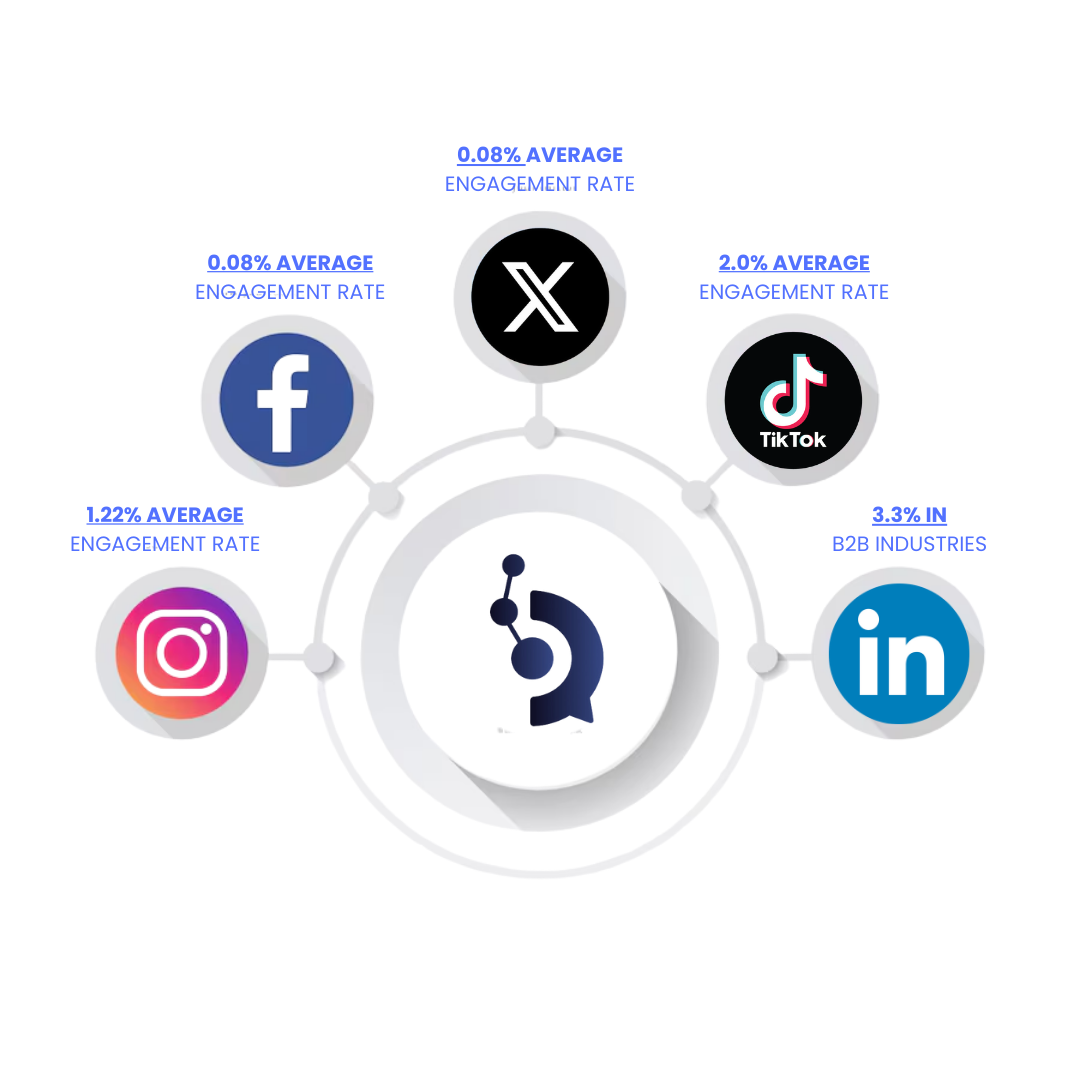
Platform-Specific Engagement Rates
Knowing industry standards makes it easier to compare your performance to that of your competitors. Let’s look at the benchmarks of the most popular social media platforms, so that you exactly know where you are standing,
- Instagram: 1.22% average engagement rate for brands
- Facebook: 0.08% average engagement rate
- Twitter (X): 0.08% engagement rate on an average
- TikTok: 2.0% average engagement rate; micro-influencers see up to 10%
- LinkedIn: Can reach up to 3.3% in B2B industries (LinkedIn Business)
Strategies to Boost Engagement Rates
Now that you already know about the basics of engagement and its industry standards, let’s discuss some practical strategies to boost them significantly for your brand.
1. Optimize Content for Your Audience

Always start content creation and strategy by thinking about your audience. Data reveals that high-quality visuals, concise captions, and storytelling make content more compelling. As per Wyzowl, 89% of consumers want to see more videos from brands. Video content, especially short-form videos tend to have better storytelling, and also perform better in terms of engagement.
2. Leverage User-Generated Content (UGC)

This is one of the most emerging social media trends that you might have already encountered. User generated content is gaining popularity and limelight for all the right reasons. UGC builds trust and boosts engagement by encouraging followers to share their experiences with your brand.
Here are some tips that you can follow:
✅ Run contests encouraging followers to post about your products.
✅ Repost high-quality UGC to showcase happy customers.
If you are looking for the most engaging UGC content ideas that work in 2025, check out this blog.
This is one of the most emerging social media trends that you might have already encountered. User generated content is gaining popularity and limelight for all the right reasons. UGC builds trust and boosts engagement by encouraging followers to share their experiences with your brand.
Here are some tips that you can follow:
✅ Run contests encouraging followers to post about your products.
✅ Repost high-quality UGC to showcase happy customers.
If you are looking for the most engaging UGC content ideas that work in 2025, check out this blog.
3. Engage With Your Audience Proactively

Social media engagement is indeed a two-way street. Responding to comments and DMs play a crucial role in humanizing your brand and further boosting engagement.
Here are some tips that you can follow to engage:
✅ Use polls and interactive stories to encourage participation.
✅ Reply to every comment and DM promptly.
However, there are also some downsides of engaging with your audience. Manually responding to comments cna cost you a fortune of time and money. And when multiple people are involved in the same process, it can hinder your brand tone and persona. Most importantly, you may miss out on real revenue opportunities with delayed responses.
This is where Deepsolv enters, with AI-powered community management automation. It ensures that all your replies are automated within seconds, while aligning with your brand tone and persona. In a world where brands are scaling with AI agents and tools, you need to upgrade your social media management as well.
Want to know more about it? Tap here to schedule a 30 mins exploratory call with Deepsolv’s expert team.
4. Use AI-Powered Analytics Like Deepsolv
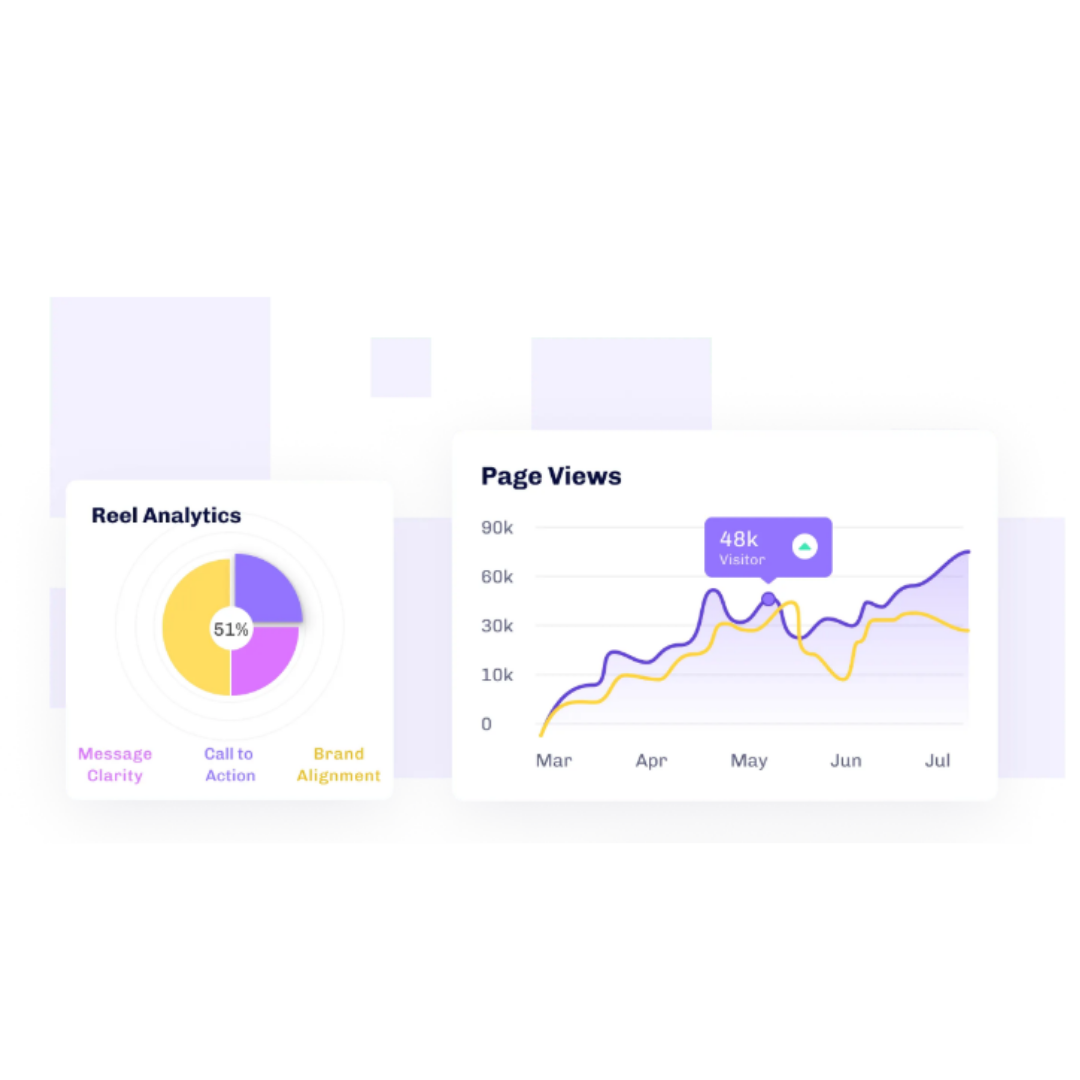
If you are serious about engagement, you should not turn a blindsight on analytics and performance tracking. It can be quite difficult to track interaction manually, but Deepsolv streamline this process by offering deeper insights into:
✅ Which types of content perform best
✅ Peak engagement times
✅ Trends and anomalies in audience behavior
Through large-scale data analysis, Deepsolv empowers brands in optimizing their social media strategy to increase engagement.
5. Monitor Competitor Engagement Strategies
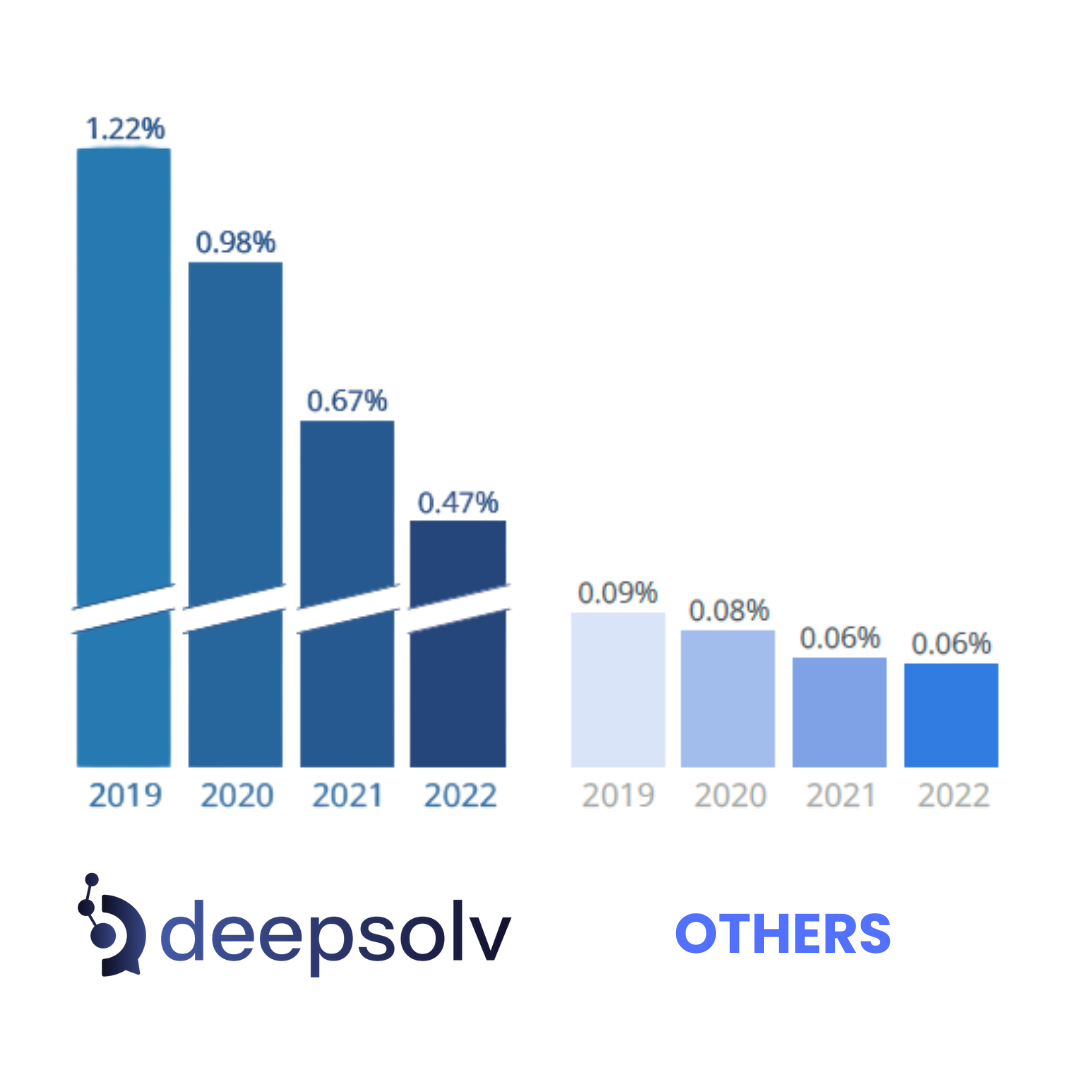
Moreover, you should always keep a straight eye on what your competitor is doing. Ensure that you analyse their content strategy, engagement trends, and what is working for them. This can help you to find some content gaps, and incorporate well in your growth strategy.
Final Thoughts: Engagement Is a Continuous Process
Engagement rates change according to audience preferences, platform improvements, and trends. You can ensure that your business stays current and at the forefront of your audience's thoughts by regularly evaluating engagement statistics, utilizing AI-driven insights such as Deepsolv, and refining your content strategy.

